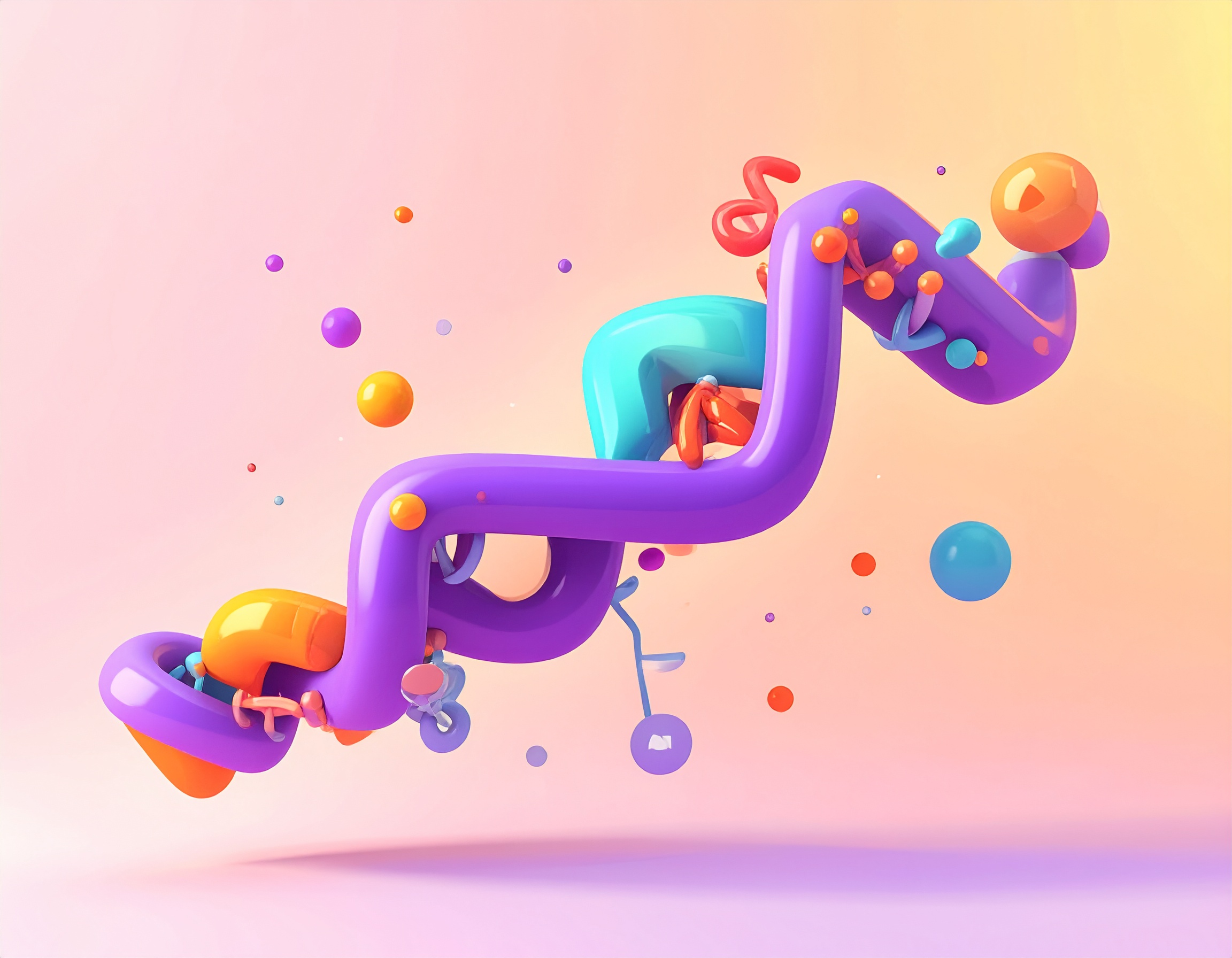In May, we are addressing a topic suggested by our ‘Team Lead Development’ Bartosz and the question of how AI can transform chemistry.
In our daily lives, artificial intelligence is already an integral part of many areas. We work with language models and chatbots and use smart home devices. However, we are often not truly aware of the unforeseen possibilities that arise from the use of AI. Our current topic shows that the applications of AI, however, extend far beyond ‘nice-to-have’ gadgets.
Those interested in the Nobel Prize awards may have noticed. The 2024 Nobel Prize in Chemistry went half to David Baker and the other half to Demis Hassabis and John Jumper. The work of the three focuses on the design of proteins, as well as the prediction of their structures – with the help of artificial intelligence.
Proteins are biological macromolecules composed of amino acids. These, in turn, are linked by peptide bonds. Proteins are present in every cell and perform various vital functions in the human body. They serve as hormones, signaling molecules, antibodies, and tissue building blocks.
The structure of proteins can be divided into several levels.
Primary Structure: This is the simple sequence of amino acids in the chain. Each amino acid has a specific position, and this sequence is crucial for the protein’s function.
Secondary Structure: Here, the amino acid chains fold into regular patterns, such as spirals (helices) or folded sheets (beta-sheets). These structures help keep the protein stable.
Tertiary Structure: The entire amino acid chain further folds into a complex three-dimensional shape. This shape is crucial for the protein’s function, as it determines how the protein interacts with other molecules.
Quaternary Structure: Some proteins consist of multiple subunits that together form a larger structure. These subunits can assemble into a functional complex.
Hassabis and Jumper succeeded in developing a model for predicting protein structures called “AlphaFold2”. Both work for Google subsidiary DeepMind. With this model, it is possible to accurately predict the three-dimensional structure of a protein based on its amino acid sequence. Previously, this was only possible with the complex method of X-ray crystallography. With its help, the double helix structure of DNA was deciphered in 1953. However, to perform X-ray crystallography, the protein in question must first be available in crystalline form. Thanks to “AlphaFold2”, the three-dimensional shape of a protein can now be calculated without the need for laboratory analysis.
Perhaps the most remarkable part of the work is the development of an entirely new type of protein. Something that was previously considered almost impossible. Using the “Rosetta” software, developed under Baker’s leadership back in the 90s, and with the help of “AlphaFold2”, entirely new proteins can now be constructed for the first time. It thus becomes possible to create proteins with specific functions. These could be used, for example, for the targeted development of drugs or vaccines. The creation of new nanomaterials is also conceivable.
AI has thus opened up entirely new possibilities for protein research, which can significantly influence our future.

